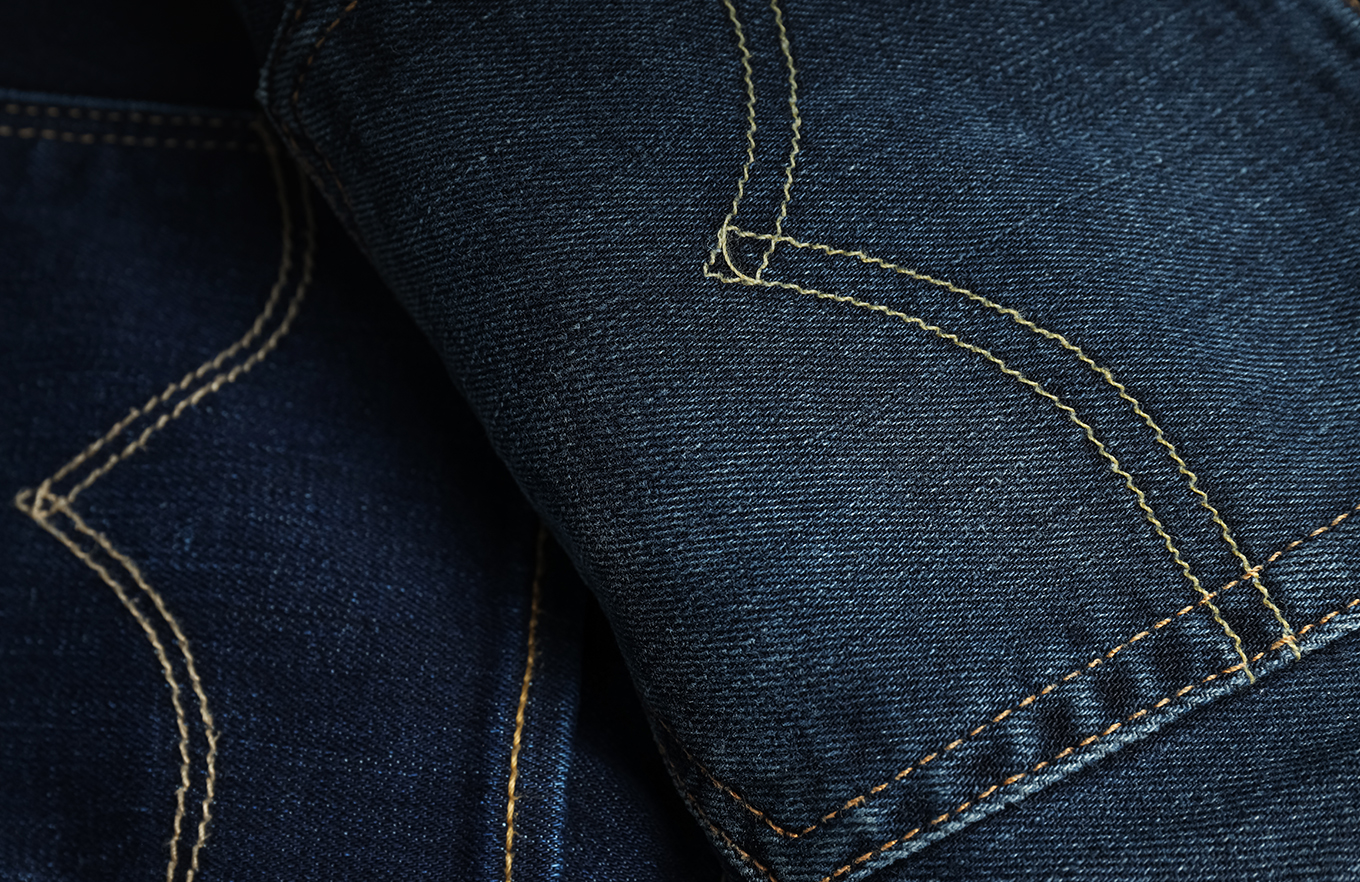
The Evolution of Sustainable Apparel From Niche Concept to Global Trend
Not too long ago, the term sustainable apparel felt like a buzzword tossed around by eco-enthusiasts and niche fashion designers. Today, however, it has exploded into a global trend reshaping how clothes are made, marketed, and worn.
Well, it’s crucial to highlight that sustainable apparel is no longer an option but a necessity for brands seeking to remain relevant in a fashion industry increasingly focused on ethical practices. From the consumer side, people are voting with their wallets, preferring clothes that align with their values. This rise has transformed the mindset of every apparel manufacturer in Pakistan and beyond.
Sustainable apparel started quietly, often dismissed as a fad. In its infancy, only a handful of designers experimented with eco-friendly fabrics and ethical production. These pieces often came with high price tags and limited appeal, making them seem like luxuries instead of mainstream clothing. Yet, even then, the seed was planted.
Samad Apparel, one of the pioneers embracing conscious fashion, recognized early that this shift wasn’t just about fabrics but about transparency, responsibility, and long-term value. Back then, producing sustainable apparel was more about passion than profit. Still, these initial efforts built the foundation for the massive industry trend we see today.

The turning point for sustainable apparel came when global awareness about climate change and unethical labor practices started hitting mainstream conversations. Suddenly, what people wore wasn’t just about aesthetics; it was also about impact.
With increased global pressure, every apparel manufacturer in Pakistan began reassessing sourcing and supply chains. Cotton sourcing, dyeing techniques, and waste management became part of discussions at trade fairs and international buyer meetings. Samad Apparel leveraged this momentum, ensuring eco-friendly production processes were not just words on paper but measurable practices. This movement was no longer a niche; it was turning into a business model backed by consumer demand.
As the trend matured, innovation became the fuel driving sustainable apparel. Organic cotton, recycled polyester, waterless dyeing methods, and biodegradable fabrics entered the market. These developments allowed eco-conscious clothing to rival mainstream fast fashion not only in style but also in cost-efficiency.
Samad Apparel, adapting to these technologies, became a case study for how an apparel manufacturer in Pakistan can compete with global giants by balancing affordability with responsibility. These innovations broke the misconception that sustainable apparel must always be expensive or impractical. Instead, it began symbolizing durability, creativity, and accountability.
Fashion thrives on demand, and consumer behavior plays a pivotal role in pushing sustainable apparel into the spotlight. Millennials and Gen Z, who value authenticity and environmental consciousness, reshaped how brands communicate and operate. Social media amplified transparency; if a brand made false claims, it was exposed almost instantly.
This cultural shift pushed companies, including Samad Apparel, to showcase not just products but also processes. Video tours of factories, sustainability reports, and partnerships with ethical suppliers became marketing assets. The apparel manufacturer in Pakistan that ignored this new wave risked being left behind, while those who adapted thrived on trust and loyalty.

It wasn’t long before the world’s biggest fashion houses realized sustainable apparel wasn’t a fleeting fad. Giants like H&M, Levi’s, and Adidas made bold commitments to reduce carbon footprints and increase eco-friendly product lines. International trade regulations and certifications further reinforced the credibility of sustainable initiatives.
Samad Apparel also tapped into global partnerships, aligning with buyers who demanded not just quality but sustainability guarantees. For an apparel manufacturer in Pakistan, this alignment created new opportunities in international markets where eco-consciousness was no longer negotiable.
Despite its growth, sustainable apparel is not without challenges. Scaling eco-friendly fabrics at affordable prices remains a concern. Greenwashing, where brands make exaggerated sustainability claims, continues to dilute trust. Moreover, creating circular fashion systems that prioritize recycling and reuse is still in its experimental stages.
Samad Apparel demonstrates that while challenges persist, commitment to authenticity and transparency helps brands navigate them. For apparel manufacturers in Pakistan and across the globe, the race is not about perfection but about consistent progress.
Looking ahead, sustainable apparel is positioned to become the default mode of fashion production. As technology continues to evolve, processes will get leaner, fabrics will get smarter, and transparency will become the baseline.
For Samad Apparel, this is not just an opportunity but a responsibility to lead by example. As an apparel manufacturer in Pakistan, the company is proving that eco-conscious fashion doesn’t need to compromise on design, durability, or affordability. The fusion of style and sustainability is what will define the next chapter of global fashion.
Contact us now and find out how Samad Apparel can help your brand embrace sustainable apparel with eco-friendly practices and global-quality designs.
All in all, the journey of sustainable apparel from a niche concept to a global trend is nothing short of remarkable. What started as a quiet revolution has now become a driving force in the global fashion industry. Consumer expectations, technological innovations, and environmental concerns have all converged to create this shift. Apparel manufacturers in Pakistan, particularly companies like Samad Apparel, have shown how embracing sustainable practices can secure long-term success. The future belongs to those who not only make clothes but also make a difference.
Sustainable apparel focuses on eco-friendly fabrics, ethical labor practices, and long-term durability, unlike traditional fast fashion.
It reduces carbon footprints, saves water, minimizes textile waste, and promotes recycling within the fashion industry.
By using eco-friendly fabrics, transparent supply chains, and innovative technologies, manufacturers can align with global sustainability standards.


